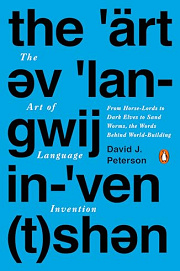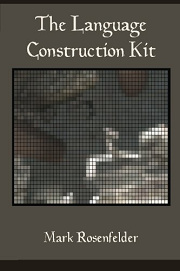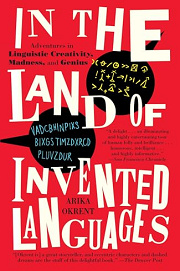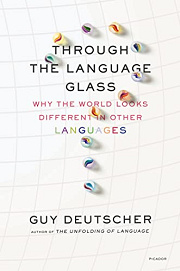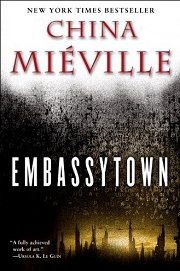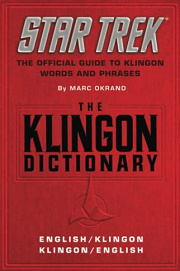Share your thoughts in a quick Shelf Talk!
The Art of Language Invention by David J. Peterson
Created by the mind behind Dothraki and Valyrian, The Art of Language Invention pulls back the curtain on how fictional languages are built—from sounds and scripts to culture and myth. It’s a playful, accessible guide that turns worldbuilding into an irresistible craft.
Have you read this book? Share what you liked (or didn’t), and we’ll use your answers to recommend your next favorite read!
Love The Art of Language Invention but not sure what to read next?
These picks are popular with readers who enjoyed this book. Complete a quick Shelf Talk to get recommendations made just for you! Warning: possible spoilers for The Art of Language Invention below.
In The Art of Language Invention, did you enjoy ...
... step-by-step conlang design that links phonology, morphology, and culture?
The Language Construction Kit by Mark Rosenfelder
If you loved how Peterson walks you from phonotactics through derivation—like showing how Dothraki’s sound system and morphology reflect its horse-warrior culture, or how High Valyrian branches into daughter tongues via sound change—Rosenfelder’s guide will feel like the perfect next toolkit. It gives you concrete, practicable methods to build vowel inventories, case systems, and lexicons that carry worldbuilding weight, much like the way Peterson ties grammar choices to cultural logic in The Art of Language Invention.
... a witty, anecdotal journey through Esperanto, Klingon, Lojban, and more?
In the Land of Invented Languages by Arika Okrent
You enjoyed Peterson’s playful asides and conlang war stories—like his behind-the-scenes bits about crafting Dothraki vocabulary or tweaking Trigedasleng to sound both plausible and post-apocalyptic. Okrent brings that same humor to real-world encounters with passionate speakers of Klingon and the logical puzzles of Lojban, delivering a breezy, laugh-out-loud tour that still respects the craft.
... how linguistic structure and metaphor reflect culture and cognition?
Through the Language Glass by Guy Deutscher
If the parts where Peterson connects grammar to culture—like selecting semantic fields for Dothraki or shaping Valyrian derivations to mirror societal nuance—sparked your curiosity, Deutscher’s deep dive into color terms, evidentiality, and metaphor will hit the same nerve. It’s a thoughtful, myth-busting exploration of how languages channel thought without lapsing into simplistic Sapir–Whorf claims.
... an awe-struck exploration of alien language, meaning, and untranslatability?
Embassytown by China Miéville
Peterson’s thought experiments—like crafting sound changes from High Valyrian into its creoles, or designing constraints so Trigedasleng ‘feels’ like its history—prime you for Miéville’s big idea: the Hosts’ Language that can’t lie. Watching Avice and the Ambassadors unravel how semantics and cognition collide delivers that same brain-tingling wonder, but through a gripping, speculative lens.
... a fully specified, speakable conlang with clear phonology, grammar, and lexicon?
The Klingon Dictionary by Marc Okrand
If you appreciated how Peterson lays out usable systems—down to consonant clusters in Dothraki or case patterns and derivations in High Valyrian—you’ll relish Okrand’s concise, no-nonsense reference to a living conlang you can actually speak. It’s the same satisfying clarity and completeness, distilled into a handbook you can put to immediate use.
Unlock your personalized book recommendations! Just take a quick Shelf Talk for The Art of Language Invention by David J. Peterson. It’s only a few questions and takes less than a minute.
